New Horizons: The KTM Duke 390
It’s as fast and light as its 125 and 200 sisters, but with a far more potent engine. With this fun “Halfway Duke,” KTM is trying to reignite
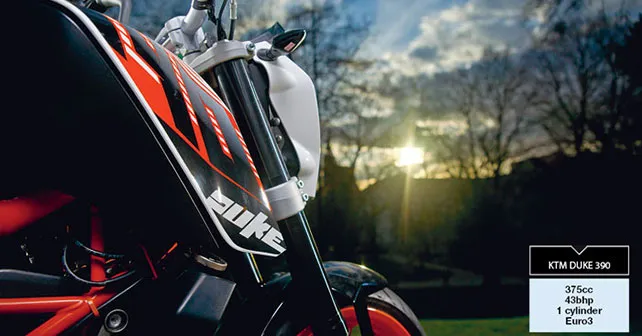
It’s as fast and light as its 125 and 200 sisters, but with a far more potent engine. With this fun “Halfway Duke,” KTM is trying to reignite the passion for relatively affordable bikes. We find out if they’ve succeeded.
With the new Duke, KTM takes a brave step in making its first street bike of the modern era – it’s a naked with character, light weight, and pushed by a gritty single cylinder engine as the brand’s tradition commands. The KTM Duke 390 is not the first street KTM – it was actually its forefather, the 1994 Duke 620. This new 390 is the last of its breed, if you will, since it completes a street line (including the 125, 200, 690 and the 990 cc), which, in less than twenty years, has allowed KTM to move out of the off-road niche market – however successful it might have been – in order to enter new markets. In 2011, the Duke 125 performed one of the most industry-strategic experiments of the last decade – thus inaugurating the era of the orange bikes designed in Austria and produced in India. This was a move that definitively launched the Mattighofen maker (according to the indications of the great helmsman Stefan Pierer) towards the world of ‘street’ and low-displacement bikes.
Obligatory Direction
The off-road KTM was unable to grow any more for physiological reasons (it owns 50% of the European market, and is starting to impose itself in the American market as well), as the sales of high-powered street bikes are going through a phase of reflux. It was then entirely logical to move towards new segments. With the ‘small’ model, the Duke series has struck twice by becoming a global enterprise, while at the same time securing the title of the number one European maker (the Duke 200 is now the KTM with the highest total sales). We arrive now to the 390, an imperative model since it places itself not only at the heart of the line, but also in the centre of the company’s strategy. It suffices to say that it’s the first KTM to be sold in all 67 markets in which the brand is to be found. But while in Europe it’s an entry-level model, in developing countries it’s considered top of the range. The motto for this model was “dynamism” and “ease.” Dynamism has always been a part of the orange DNA, while ease is a novelty and an indicator of the effort being made by the maker to widen its target market – but without distorting its image.
The Duke 390 is crucial because its reception will dictate whether Pierer’s vision is right – keep the prices of the 125 and 200 low, while approaching the muscular 690 in terms of dimensions and performance. The chassis is essentially a transplant from the “small” series – the trellis frame, the size of the tyres, and the components are the same. But when digging a bit deeper, we find out that the WP suspension has dedicated hydraulics, that the excellent Metzeler Sportec M5 (110/70 in front and 150/60 in the back) are in, and that the two disk brakes – the front has increased its diameter to 300mm and has a radial calliper – are assisted by a dual-channel Bosch 9MBABS. The novelties are mainly in the four-stroke engine, developed by KTM and industrialized by Bajaj. Accredited with 43bhp at 9,500rpm and 35Nm at 7,250, it’s a 375cc superquadro single cylinder with double overhead cams, four-valves and fuel injection (Bosch Dellorto throttle body).
It distinguishes itself from its younger brothers through a few valuable solutions such as the forked piston, the Nikasil coating and the treatment of the DLC cams. The transmission is redesigned with vertical axles to increase compactness. To get on a Duke 390 requires a resetting of one’s mental state, which doesn’t happen, for example, with a similar bike such as the new Honda CB500F. The evolution seen over the last few decades has made us lose touch with such small, light bikes in Eruope – so much so that, at first, the Duke 390 feels like a fragile toy. It’s so meticulously designed in terms of proportions and design that we would expect from it the same riding characteristics of the 690. However, it’s evident that, with the chassis and modified superstructures of the 125, the fundamental sense should be that of an eighth of a liter. This shared lineage with the younger sisters became immediately evident during our street test ride in the surrounding areas of Salzburg. The lightness and compactness, together with a solid thrust, recall the sensations of the old 125’s, although the 390 is much more disciplined. The ergonomics of the seat are exceptional.
And yet the Duke 390 does not encourage riding for couples. It’s an instrument to educate young bikers on the pleasures of riding, a task that it fulfils nicely. The engine has a very linear torque output – it revs without tremors from 3,000rpm, and stretches beyond 10,000 with an impulse and a change in the sound when reaching 6,000. The vibrations are contained, and the chassis is excellent. The exceptional quickness of the front axle (trail 94mm) does not compromise stability when going fast, the braking is perfect, and the grip of the Metzeler is elevated – so much so that, even when braking hard on wet asphalt, the ABS rarely intervenes. The not-too-rigid-suspension compensates in part for the stiffness of the seat.
Doubts
So, what the hell is the Duke 390? Is it the biggest of the ‘small’ or the smallest of the ‘big?’ The first suggestion can sound dumbfounding. It welcomes the abundantly sized. But once on the seat, it continues to seem like a 125. The engine retains the magic of the street mono KTM’s – the low verve, together with a stretch, that is unmatched in the motorcycle market – but it doesn’t have as strong a kick as the 690. And though the facilities leave nothing to be desired, the Indian manufacturing is evident in the finishes and the materials. In other words, even within the category of the ‘48bhp’s’ there are bikes that transmit more adult emotions than the 390. But if we consider the Duke 390 as the biggest of the ‘small,’ then it’s a spectacularly executed experiment. With the manoeuvrability of a 125, but with much more engine power, it’s the ideal crowning of a training that runs directly to the LC4 and the LC8, just to stay in the same company. The 390 is, as we said, an educational bike. If the aforementioned Honda CB500F attracts even those bikers returning from higher displacements, the Duke 390 does not – for that there’s the 690. The advantages here are a displacement under 400cc, extremely low maintaince costs, and low fuel consumption (around 30km/l effeciency achieved in our test). This is a bike for those youngsters who want to ride a KTM – or, in other words, the most dynamic and irreverent bike of its category.
© Riproduzione riservata


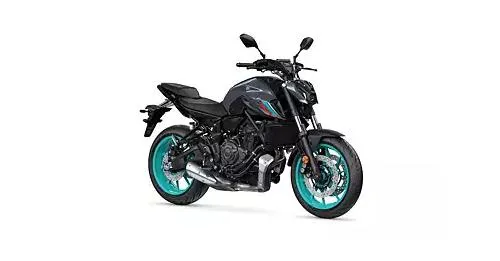


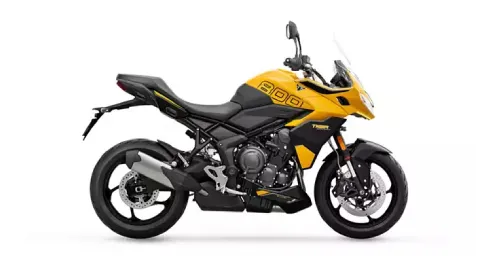
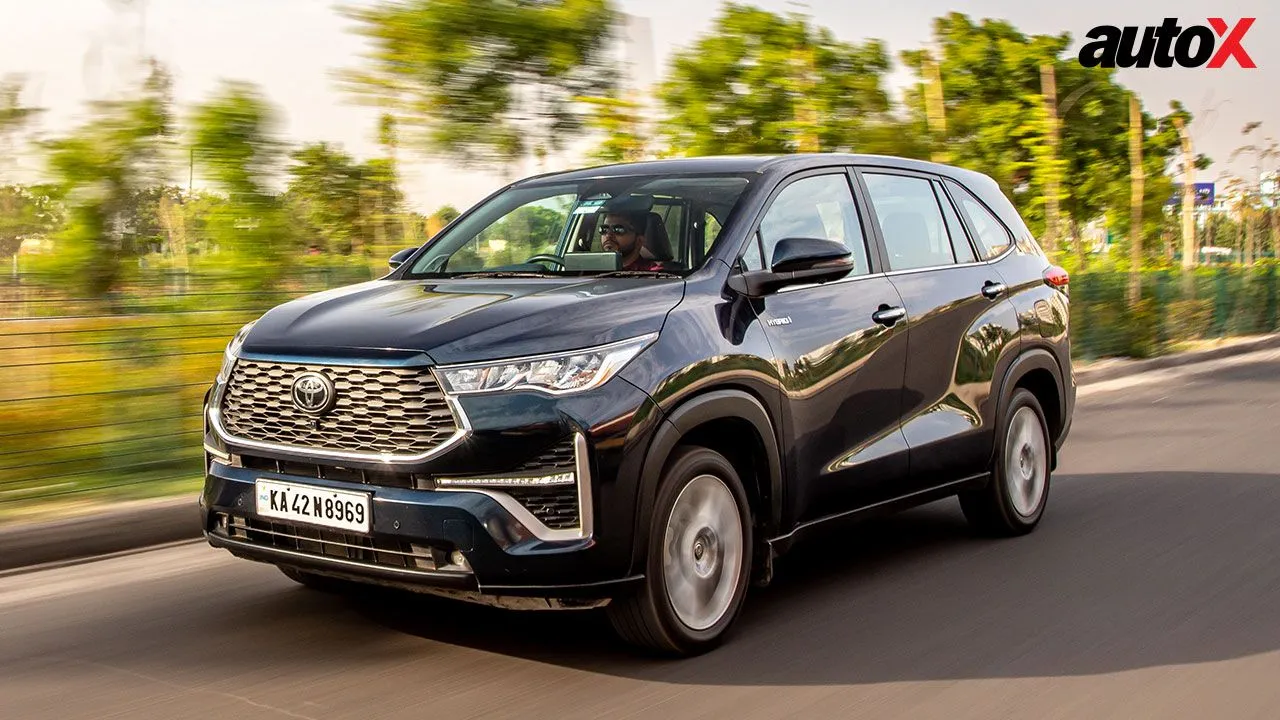
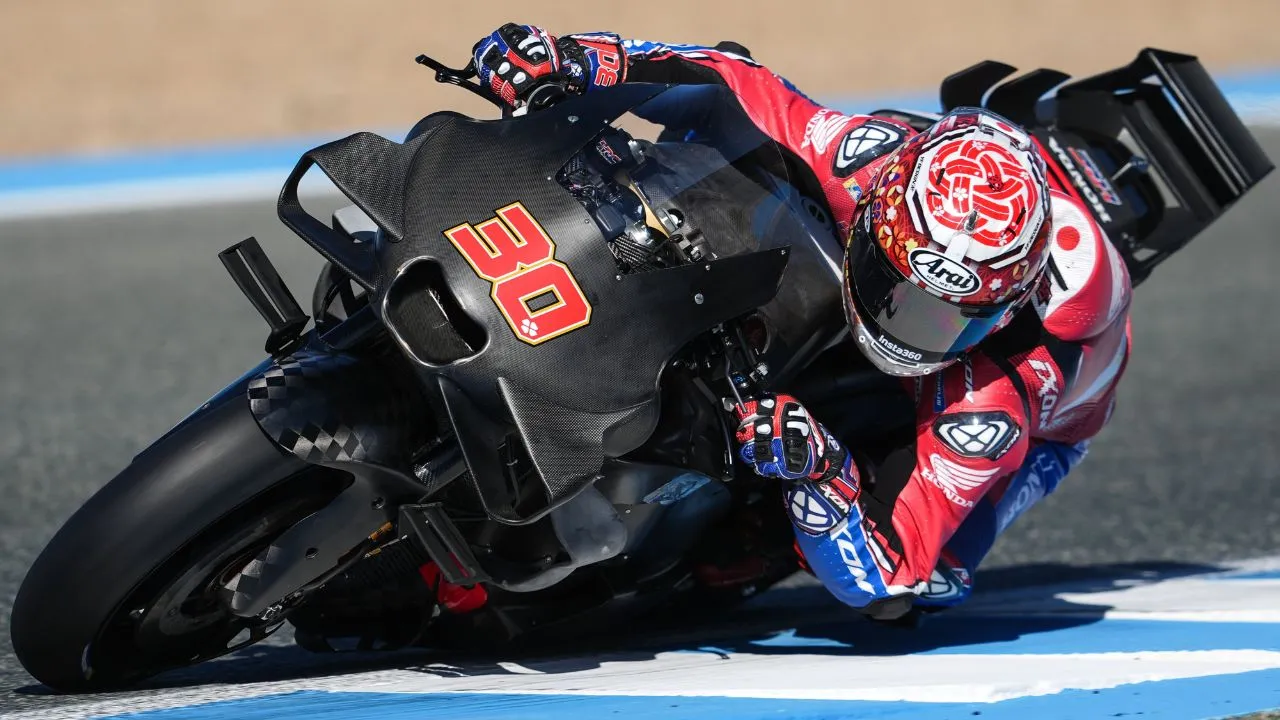
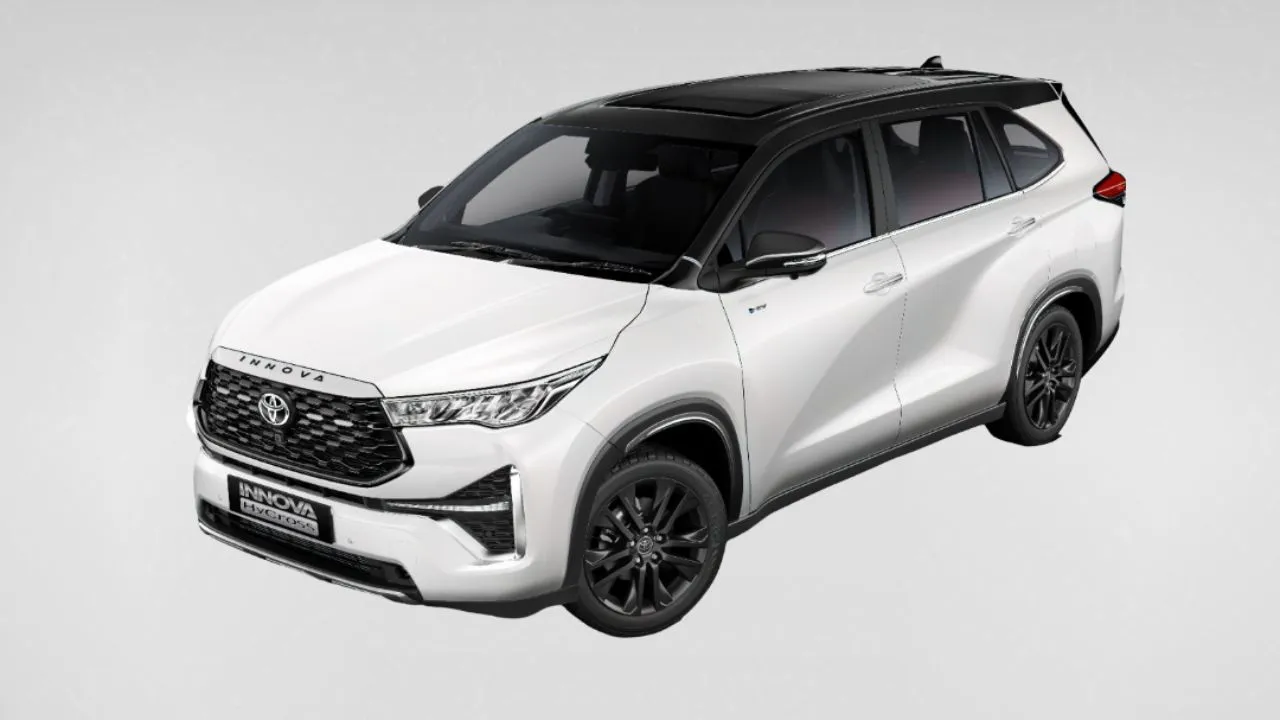
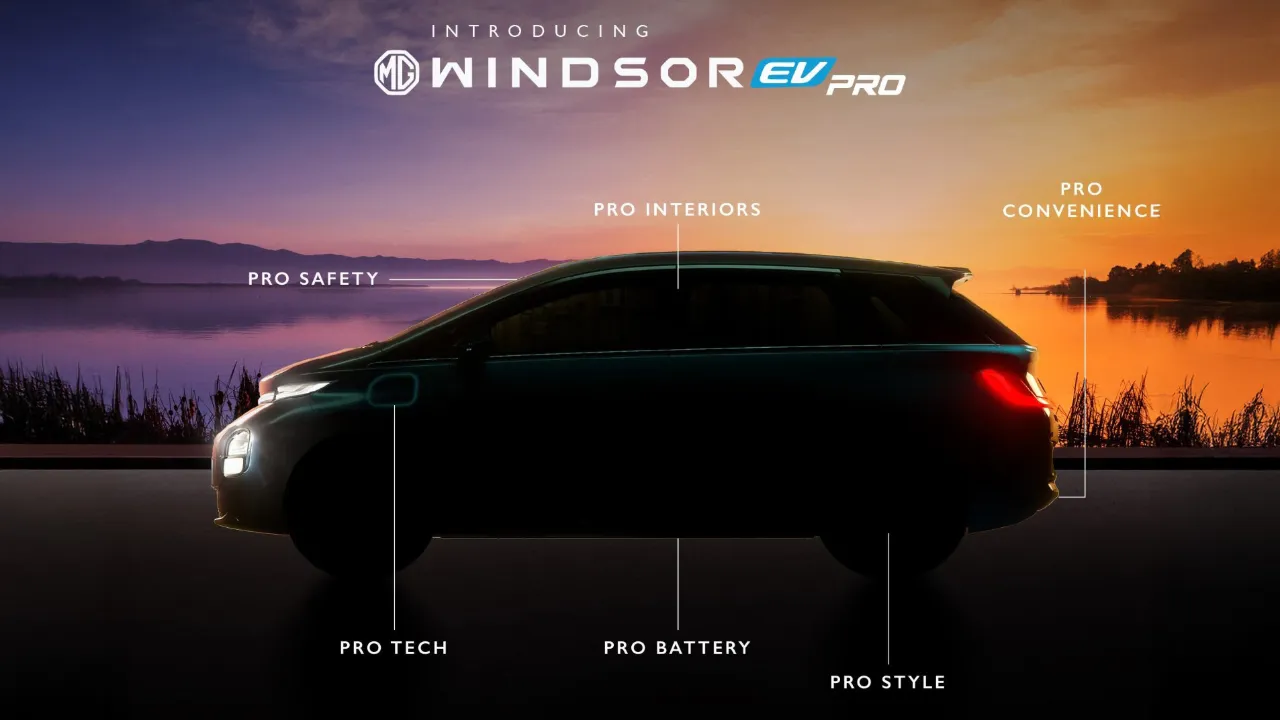
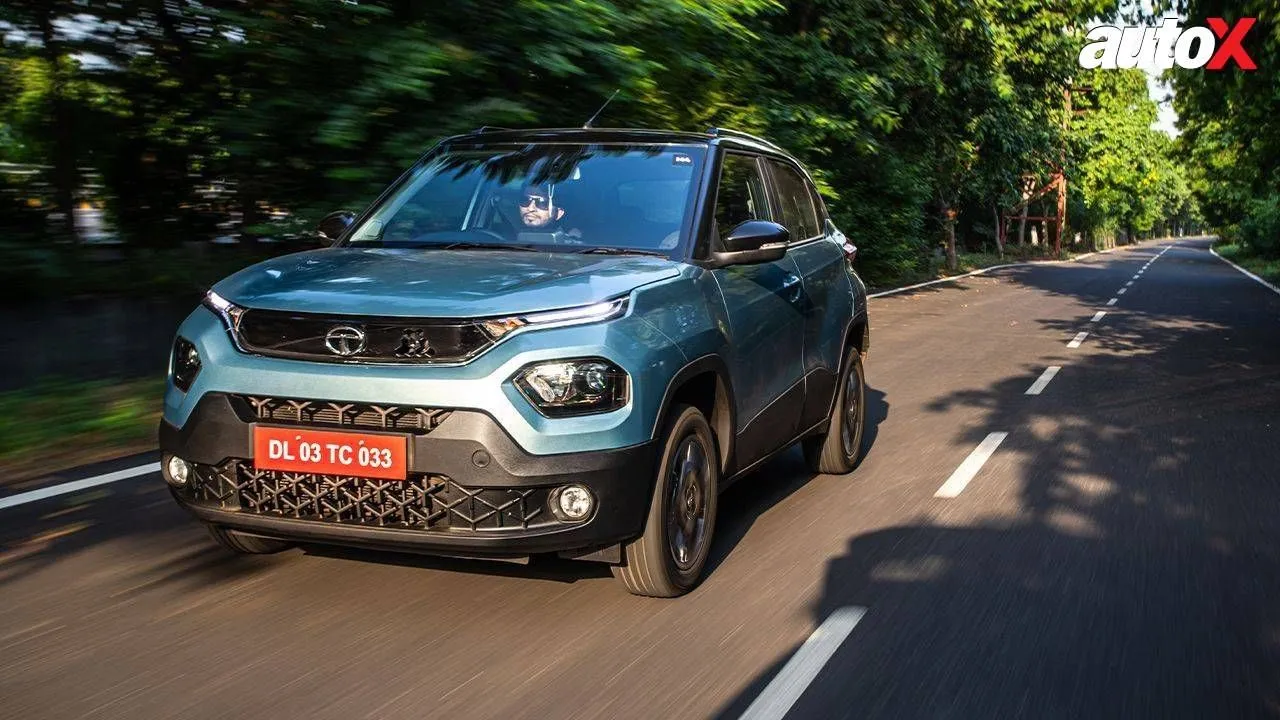





Write your Comment on